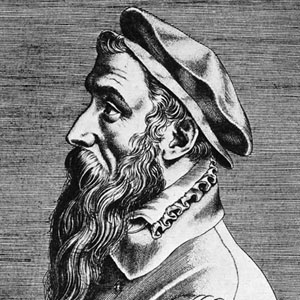Film is a medium that captivates, entertains, and informs so it makes sense that a work of art which also embodies those characteristics could be translated into the dynamic medium, right? Well such an attempt is made in the film “The Mill and the Cross”, by Polish director and artist Lech Majewski, which is based off the book of the same title by Michael Francis Gibson, whose theme explores the story of and behind the 1564 painting The Way to Calvaryby Pieter Bruegel the Elder.

The Way to Calvary by Pieter Bruegel the Elder was painted in 1564 and imparts upon the viewer a scene from the Passion of Christ. At first glimpse, the enormous work appears to present a broad landscape populated by about 500 figures that are moving to and from the town, living out their daily roles and responsibilities. However, upon closer examination, several scenes are presented within the work that reflect a more political and philosophical agenda.
In the midst of the figures, at the heart of the work, are the condemned men, Christ and the two thieves. They are heading to the place of their execution surrounded by a troop of soldiers wearing red tunics and preceded by the two-headed eagle of the Habsburgs. The scene is ominous and the figures surrounding it seem to avoid the situation, whether from cluelessness or self preservation. However, through this representation of the story of Christ’s Passion, Bruegel alludes to the brutal political and religious repression that he was experiencing in the Low-Countries during the Reformation and the creation of this work.
This type of symbolism, which is characteristic of Bruegel, is also interpreted in the focal point of the work, the mill. Perched on a tall and improbable rock formation, the mill casts an all-seeing messianic gaze over the landscape. The lazy blades seem to turn the cogs of time, observing the whole complex scene below. Half of the skyline is sunny with white clouds, while the other half appears rather dark with ominous clouds, perhaps suggesting a further set of change is to occur that could be positive or negative.
Such inference is common with art, as viewers will interpret and perceive what they want. The meaning any individual takes away from a work is their own bias and that is why I was initially hesitant with the concept of this movie. All of the political, philosophical, and historical meaning behind the detailed imagery Bruegel created certainly provides for excellent inspiration and narrative, but can a film script properly capture the visual aspects of the work? For this particular case, I found upon further investigation that the script can brilliantly interpret the artwork as it is done with the proper integrity.
Lech Majewski was so inspired by the compounding messages of Bruegel’s work that he transformed it into a creative feature film. Staring Rutger Hauer, Michael York, and Charlotte Rampling the film has received rave reviews the past year for its unique production and originality. It is an elaborately layered, computer-generated film that actually uses Bruegel’s painting as the background through the use of animation in multiple dimensions.
The composite of Bruegel’s work, Majewski described, had a minimum of 40 layers and a maximum of 147, so every shot was layered to create dimensions. The actors actually moved against a rear-projected reproduction of the background to Bruegel’s work, which I feel maintained the integrity of the work and kept Bruegels’ masterful imagery as an essential part of the film instead of just the inspiration.
The use of the artwork itself as the background is what makes the movie unique and enjoyable. The amount of respect and understanding Majewski displays for the work by Bruegel is admirable and the context in which he interprets the work is something I have never been exposed to before. The film has such a creative and respectful integrity that I do firmly believe, if done right, a work of art on paper can successfully be translated into a film and I am excited to see what artistic creations come out of this newfound exploration.

